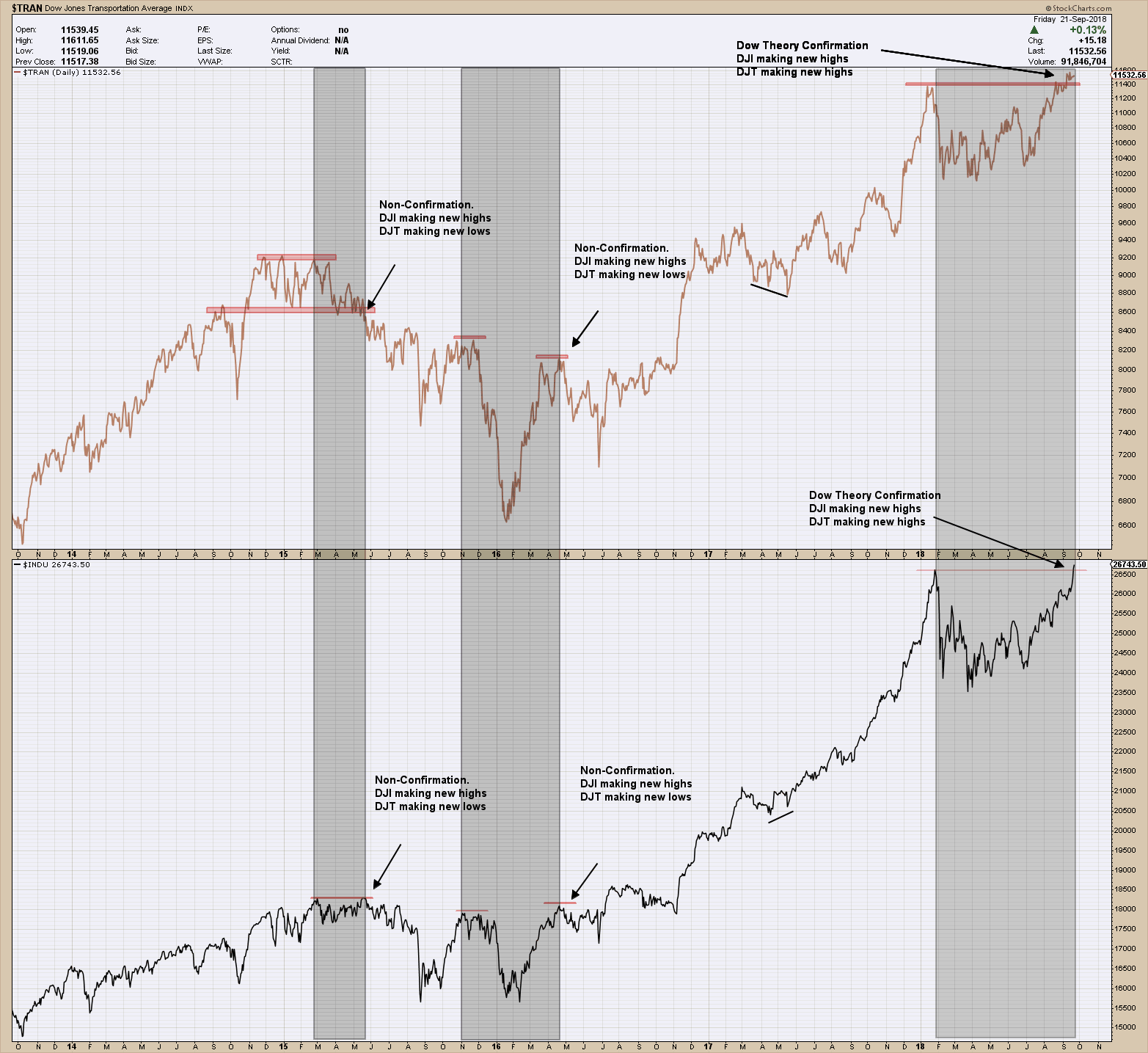The graphic below is a high probability snapshot into our stock returns future. The grey line is percentage (left vertical axis) of US households that own stocks. The red line is the subsequent SP500 total return (right hand vertical axis). The correlation between these two over the past 67 years has been very, very strong as you can see. The take away is the more US households that own stocks, the lower the subsequent 10-year return in the US stock SP500 index. This does make sense if you look at it from the context of supply and demand. The more people who already own stocks, the fewer households that are left to buy and drive prices higher. We are at the third highest level in the history of the dataset and at current levels, we can expect a 10 year forward return of a whopping 3%. Ugh!
What could make this chart wrong? Not much as the correlation is too strong! But, a huge correction always takes care of too much stock ownership. Not a great solution you say? With the financial world continuing to expand globally, there are people from other nations who, in the past would not even be considered potential buyers but because of expanding worldwide wealth, are now added to the pool of potential investors in the SP500. How much upside might that add, if any, is unknown.
The chart clearly shows that we have not yet reached other levels of extreme participation (and worse subsequent future 10-year returns) and as such we could move even higher. So, while all is not lost, the outlook for equity returns is becoming disappointingly uninspiring. We have pulled forward both demand and returns and by doing so have set ourselves up for a likely lackluster investment future. I don’t want to be a Debbie Downer but being prepared for the high probability of the next 10 years being not a compelling investment environment should be some knowledge of great value. We either need to reset our expectations or change our investment approach if we want (or need) better returns.





